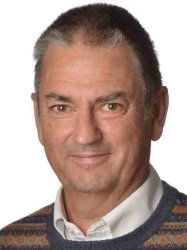BibTex format
@article{Achintha:2013:10.1016/j.surfcoat.2012.11.027,
author = {Achintha, M and Nowell, D and Shapiro, K and Withers, PJ},
doi = {10.1016/j.surfcoat.2012.11.027},
journal = {SURFACE & COATINGS TECHNOLOGY},
pages = {68--77},
title = {Eigenstrain modelling of residual stress generated by arrays of laser shock peening shots and determination of the complete stress field using limited strain measurements},
url = {http://dx.doi.org/10.1016/j.surfcoat.2012.11.027},
volume = {216},
year = {2013}
}

